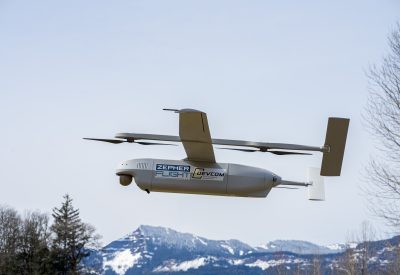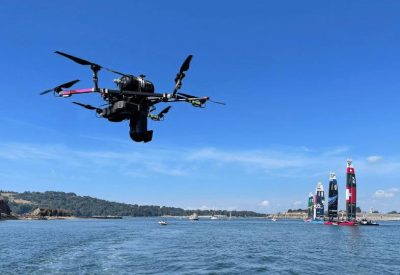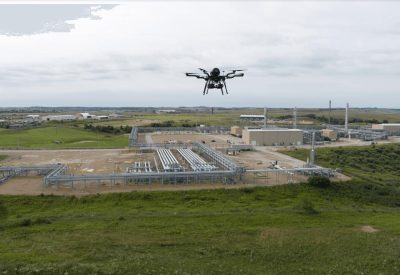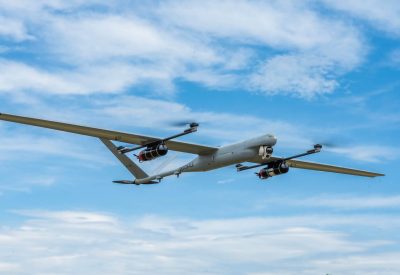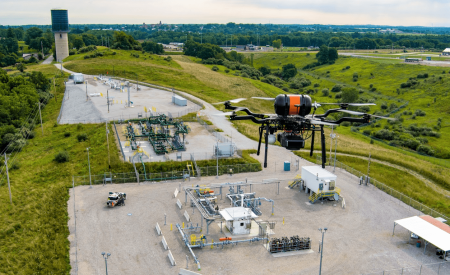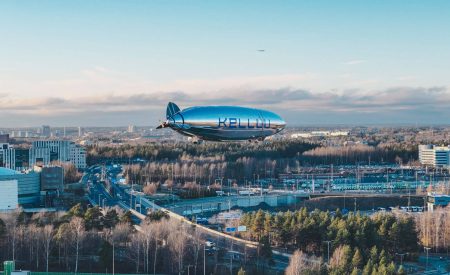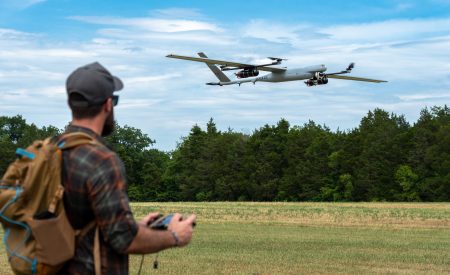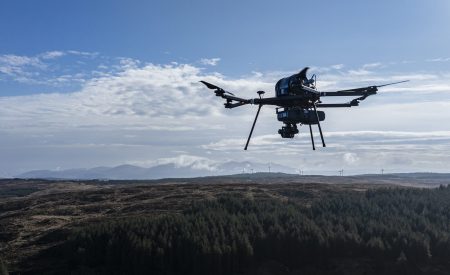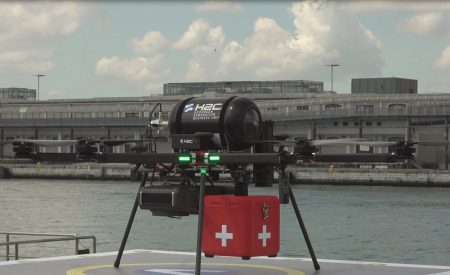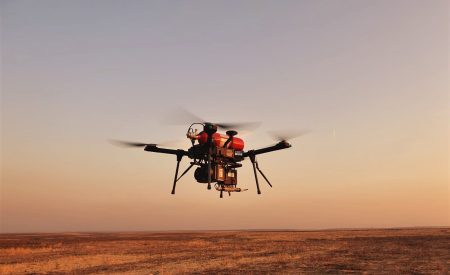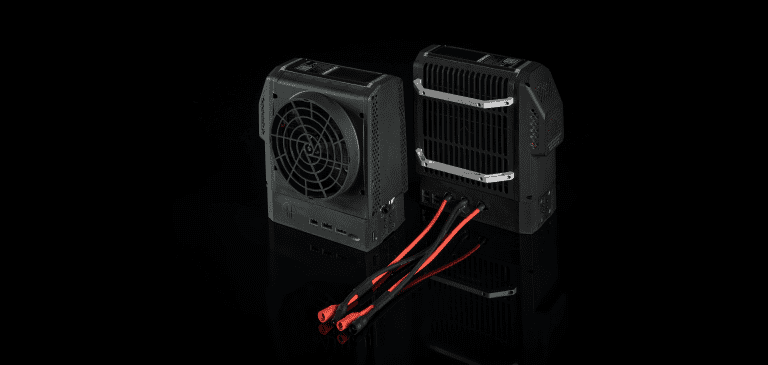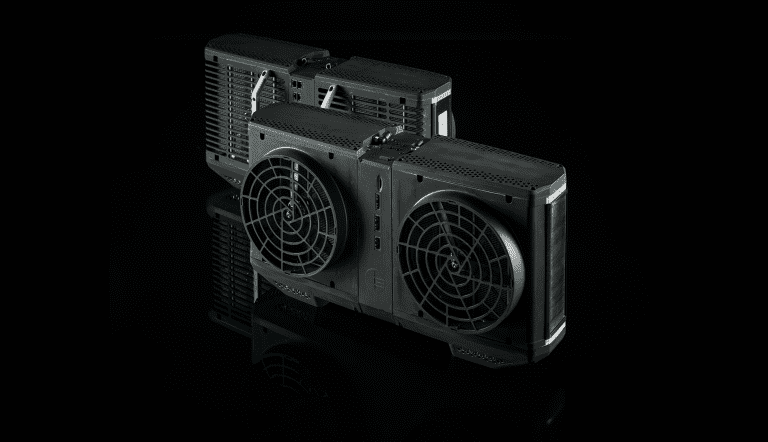Hydrogen fuel cell powered unmanned aerial vehicles
For unmanned aerial vehicle (UAV) operators, two performance metrics stand above the rest: flight duration and payload capacity. These factors directly influence mission range, operational flexibility, and the types of sensors or cargo a UAV can carry
Traditional battery-powered UAVs are constrained by relatively low energy densities which in turn limit flight time and force operators to choose between longer missions and heavier payloads. Recharging times further complicate logistics and increase downtime.
Our IE-SOAR fuel cells for drones
When compared to batteries, hydrogen fuel cells win.
With significantly higher energy density than batteries, IE-SOAR™ fuel cell systems enable UAVs to fly up to three times further on a single tank of hydrogen compared to an equivalent battery-powered system.
Applications
The extended range enabled by fuel cells opens up new possibilities for applications such as:
- Long-range surveillance and reconnaissance – Aurora Flight Sciences
- Precision agriculture over large fields
- Infrastructure inspection in remote areas
- Delivery of medical supplies or critical goods – H2C S.p.A
The prospect of using unmanned aerial vehicles for last mile delivery is driving the commercial UAV industry forward, and there are companies successfully deploying now.
IE-SOAR™ fuel cells improve the offering with a safer solution and lower Total Cost of Ownership. See example cases of our fuel cells out in the field below.
